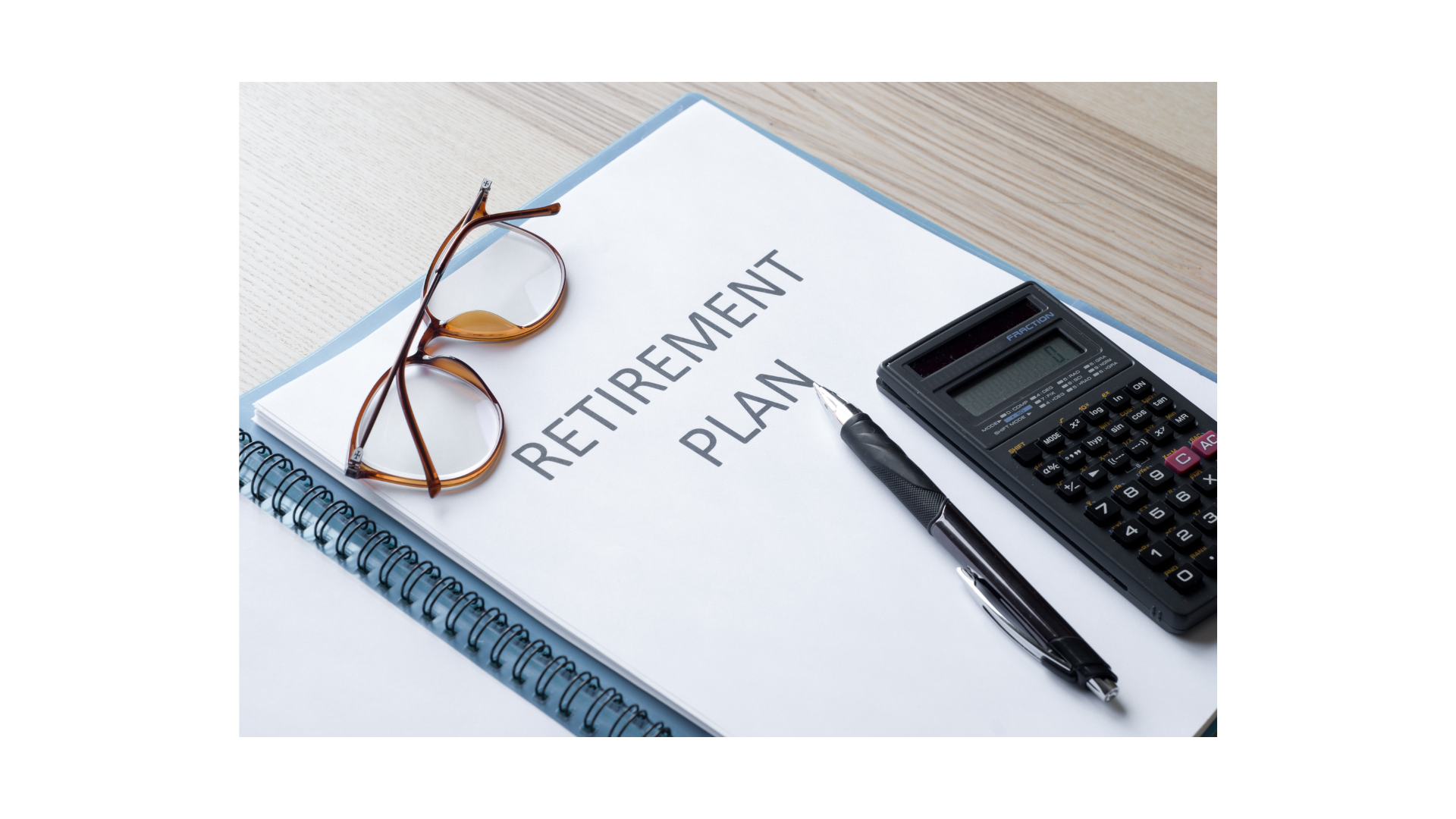Annual Maintenance
Perform this five-point inspection to help keep your retirement plan’s motor running smoothly
Just like with a car, it’s a good idea to perform some annual maintenance on your retirement plan. Here’s a five-point inspection guide to help you continue to get good mileage out of your plan and ensure it stays reliable on your trip to retirement.
1. Review Your Retirement Saving Goals
It’s challenging to predict your retirement needs, particularly if you’re in your 20s or 30s. But financial planners generally recommend replacing about 75% of preretirement income. Even if your retirement is decades away, you should use a retirement calculator at least once a year to estimate whether you’re on track to reach your goals. Your recordkeeper will likely have retirement calculators and other planning tools on their website. You can also check out the interactive retirement calculator at aceyourretirement.org, which includes a digital “retirement coach” that can help walk you through some personalized retirement plan action steps that may help you achieve your retirement goals.
2. Increase Your Retirement Plan Contribution
While the ultimate goal is to max out your retirement account contributions, don’t stress if you aren’t there yet. Focus first on making sure you contribute enough to receive your full employer match if your plan offers one — otherwise, you’re missing out on free money. Then, aim to increase your contribution by at least 1%–2% each year, working up to saving 10%–15% of your pretax income each year. Finally, make sure to review current retirement plan contribution limits ($19,500 in 2021, plus an additional $6,500 catch-up contribution if you’re age 50 or older). While you might not have been able to contribute the maximum amount in the past, you may have more to save now.
3. Rebalance Your Investment Portfolio
Over time, market changes can lead to shifts in your portfolio’s asset allocation. For example, you may have started with a 75/25 stock-fund-to-bond-fund split, but changes in the market caused stocks to now account for 85% of your portfolio’s value. That’s why it’s important to periodically check your asset allocation to see if it aligns with your current strategy. Keep in mind, you may also want to rebalance to a more aggressive or conservative allocation should your tolerance for risk change.
4. Consolidate Your Accounts
You may have a 401(k) from a past job that you no longer contribute to. Rolling over the funds from one or more other accounts into one retirement account can help make your financial life more manageable, keep your savings organized and potentially reduce your account management fees. Just make sure you follow transfer or rollover rules so you don’t get hit with an unexpected penalty or tax bill.
5. Review or Name Your Beneficiaries
When you first signed up for your retirement plan, you may have skipped this step. Or, you may want to make adjustments if your family status has changed. Make sure your designated beneficiaries align with your will, if you have one. Also, please note that when it comes to employee-sponsored retirement plans, the law requires written consent from your spouse if you decide to name anyone besides them as the beneficiary.
This material was prepared by LPL Financial, LLC.
This information is not intended as authoritative guidance or tax or legal advice. You should consult with your attorney or tax advisor for guidance on your specific situation.
Kmotion, Inc., 412 Beavercreek Road, Suite 611, Oregon City, OR 97045; www.kmotion.com
© 2021 Kmotion, Inc. This newsletter is a publication of Kmotion, Inc., whose role is solely that of publisher. The articles and opinions in this publication are for general information only and are not intended to provide tax or legal advice or recommendations for any particular situation or type of retirement plan. Nothing in this publication should be construed as legal or tax guidance, nor as the sole authority on any regulation, law or ruling as it applies to a specific plan or situation. Plan sponsors should consult the plan’s legal counsel or tax advisor for advice regarding plan-specific issues.


Iowa
4200 University Avenue, Suite 200
West Des Moines, IA 50266
800-677-1529
Securities offered through LPL Financial, Member FINRA/SIPC. Investment advisory services offered through Global Retirement Partners, LLC dba AssuredPartners Financial Advisors, an SEC registered investment advisor. AssuredPartners Financial Advisors and LPL Financial are separate non-affiliated entities.
GRP Advisor Alliance is an independent network of retirement plan focused advisors. GRP Advisor Alliance is not affiliated with or endorsed by LPL Financial.
The financial professionals associated with LPL Financial may discuss and/or transact business only with residents of the states in which they are properly registered or licensed. No offers may be made or accepted from any resident of any other state.









